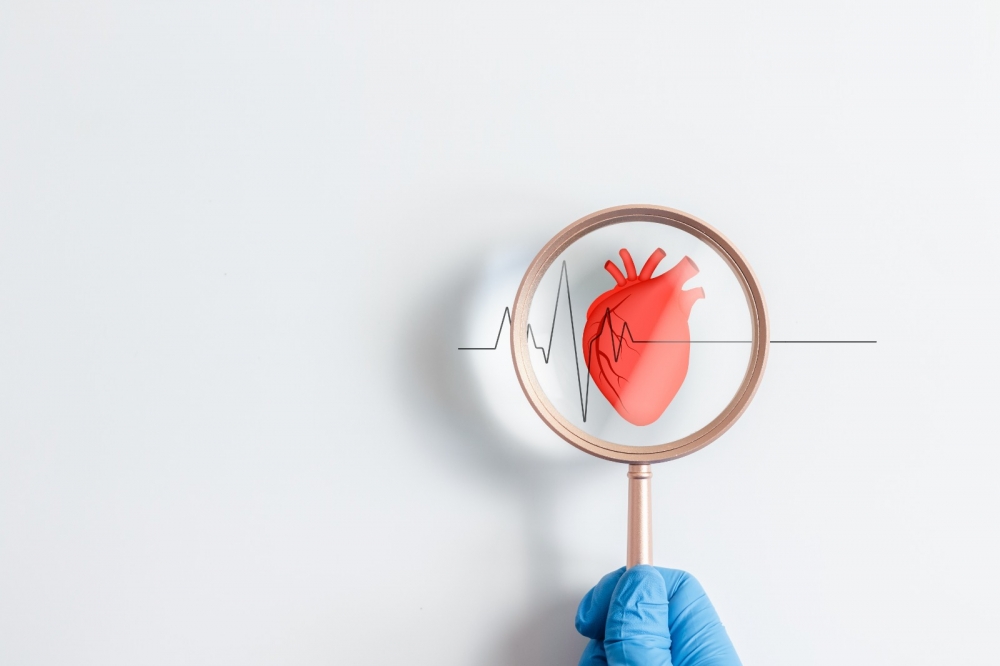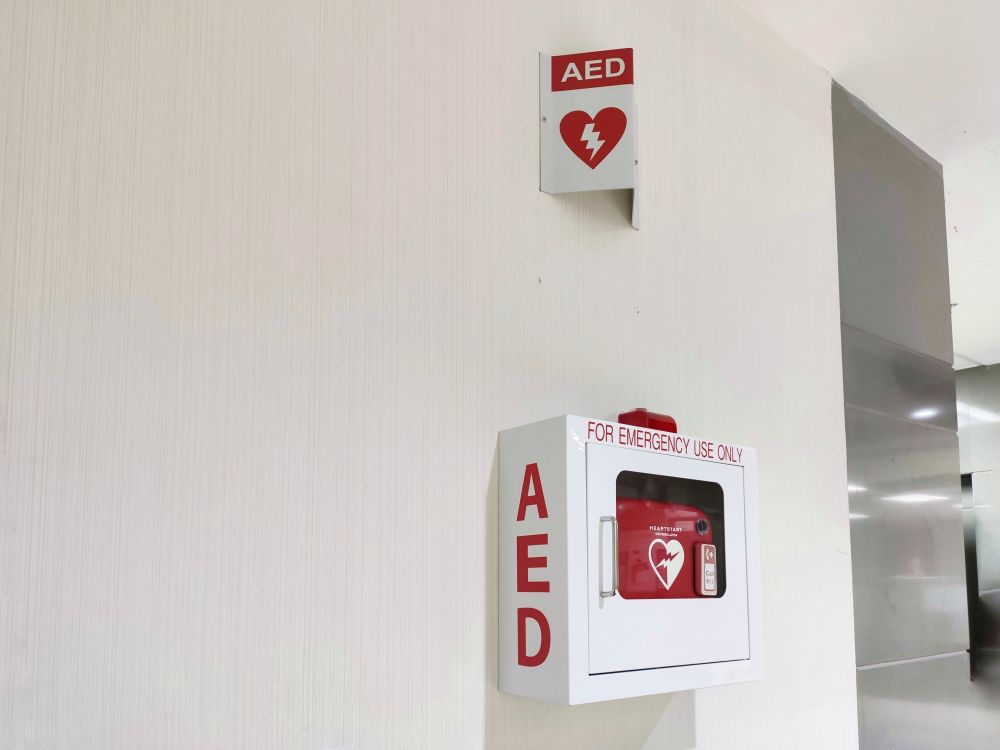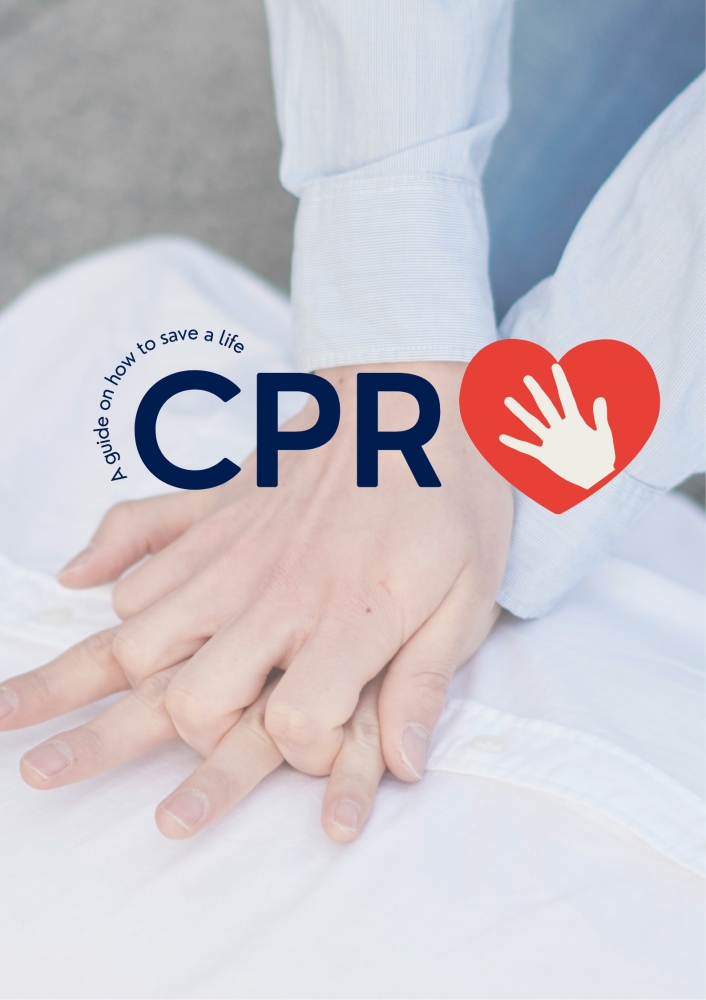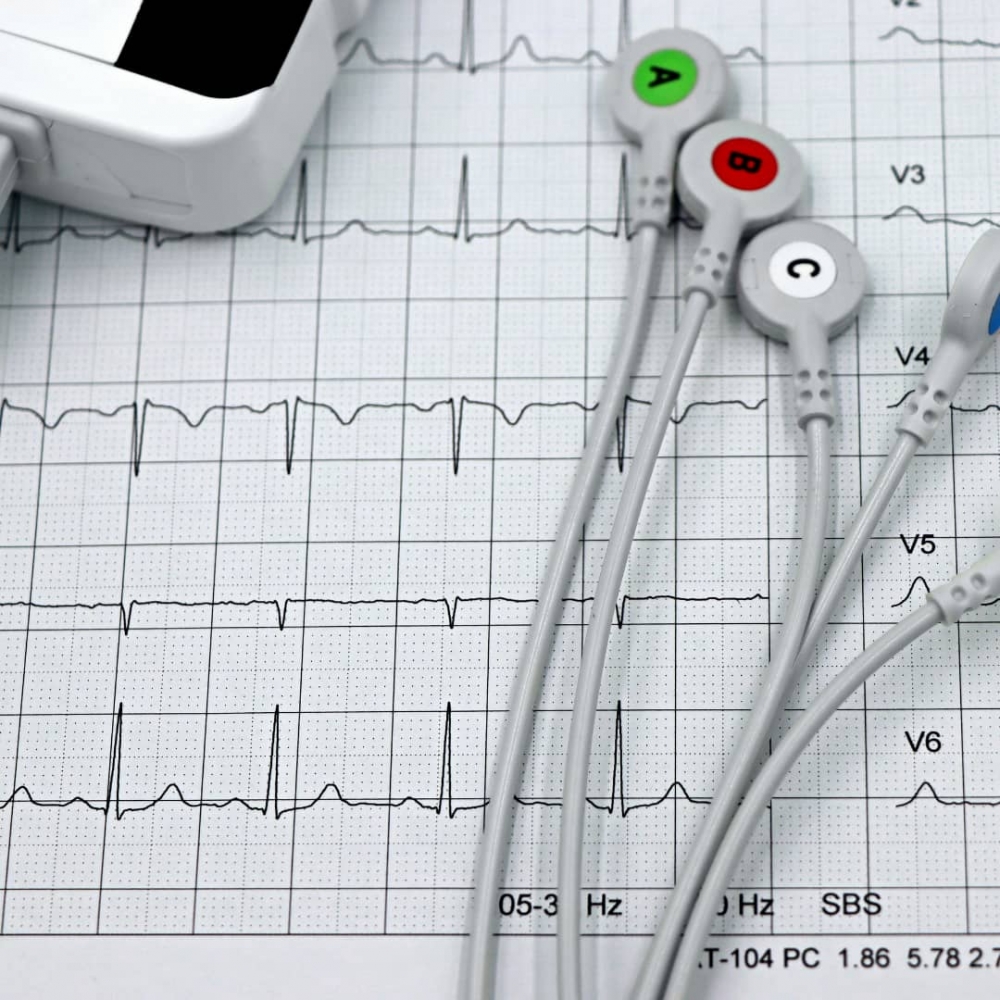Stay abreast of breast and ovarian cancer

KUALA LUMPUR: In 2020, an estimated 49,000 people in Malaysia were diagnosed with cancer – a figure expected to increase by 2030 to 66,000 new cases annually.
Breast cancer cases are expected to see a 49% jump between 2012 and 2025. Given that Malaysia has a much lower five-year survival rate of 63%, compared with South Korea’s 92% and Singapore’s 80%, this is a cause for concern.
One in 27 women has an overall lifetime risk of getting breast cancer, according to Dr Suziah Mokhtar of Sunway Medical Centre Velocity (SMCV). The probability increases if they have an immediate relative or multiple family members who have had breast or ovarian cancer.
“Most breast cancers are sporadic where it develops from gene damage that occurs by chance in adulthood. There is no risk of passing these genes on to their children,” she said.
“Inherited cancer only makes up 5-10% of all breast cancers. The underlying cause is multifactorial, usually the result of a combination of internal physiology, hormonal, lifestyle, and environmental factors.”
Breast cancer can be invasive (with the ability to spread) or in situ (localised in the place of origin). The majority of such cancers arise from the milk duct, with invasive ductal carcinoma – which accounts for 70-80% of breast cancers – being the most common.
A breast lump is the most common presenting symptom, followed by nipple abnormalities and breast pain. Lesser-known symptoms include lumps in the armpit (usually mistaken as a normal lymph node), or skin changes (usually mistaken for eczema or allergy).

Thankfully, early detection can result in a better outcome. Mammograms for those above age 40 have led to a reduction of deaths by almost 20%. For younger women, ultrasound screening can be conducted, while women with a higher risk should consider it from the age of 30.
Treatment is always individualised, including surgery, chemotherapy, radiotherapy, endocrine therapy, and targeted therapy.
“The earlier the breast cancer is diagnosed, the better the chance of a successful treatment, so check your breasts regularly,” Suziah advised.
How to carry out a breast exam
1. Visual inspection
With your shirt and bra removed, stand in front of a mirror. Put your arms down by your side, then raise your arms above your head and, finally, put your hands on your hips and press firmly to make your chest muscles flex.
Look for any changes in breast shape, breast swelling, dimpling in the skin, or changes in the nipple while doing these movements.
2. Manual inspection
While still standing up, use your right hand to examine your left breast and axilla, then vice-versa. Using the pads of your three middle fingers, press on the breast and make small circular movements to feel for any lumps or other changes in the breast.
Gently squeeze the nipple to check for discharge.
3. Manual inspection while lying down
Lie down and repeat step 2.
Ovarian cancer

In 2020, the International Agency for Research of Cancer found that there were 1,836 new cases of ovarian cancer in Malaysia, making it the third-most frequent malignancy diagnosed in women after breast and colorectal cancer.
Ovarian cancer peaks at the age of 60-65 years, with more than 50% being diagnosed at stage 3 or 4 of the disease.
Only about 20% of ovarian cancers are detected at an early stage, as there has yet to be a screening or test developed to screen for early treatment, according to Dr Wong Yen Shi of SMCV.
“Transvaginal scans and CA 125 tumour marker tests are used to detect it, but these have limitations. Scans can detect masses, but it can be difficult to differentiate a benign tumour from a malignant one, while marker tests are good for monitoring treatment but not so much for screening.”
She said ovarian cancer symptoms include bloating, abdominal discomfort, urinary frequency, constipation, feeling full quickly, loss of weight, fatigue, and back pain. This cancer can be mistaken for benign ovarian tumours, uterine fibroids, endometriosis, and premenstrual syndromes.

While it is a challenge to detect ovarian cancer, Wong shared that there are risk factors one can look out for, including a family history of breast, ovarian and colorectal cancers, familial cancer syndromes such as BRCA gene and Lynch syndrome, as well as being overweight or obese.
Others include smoking, exposure to asbestos, undergoing hormone replacement therapy, having children at a later age, never having had children, early menstruation, or late menopause.
“Routine checkups and preventive screenings for diabetes, cholesterol, cardiac health, and breast and cervical screenings should be done,” Wong advised. “It is important to eat healthy and exercise regularly.
“Manage your mental health, get sufficient sleep, and manage stress to take care of your health as a whole.”
KembaliSuggest to Read









